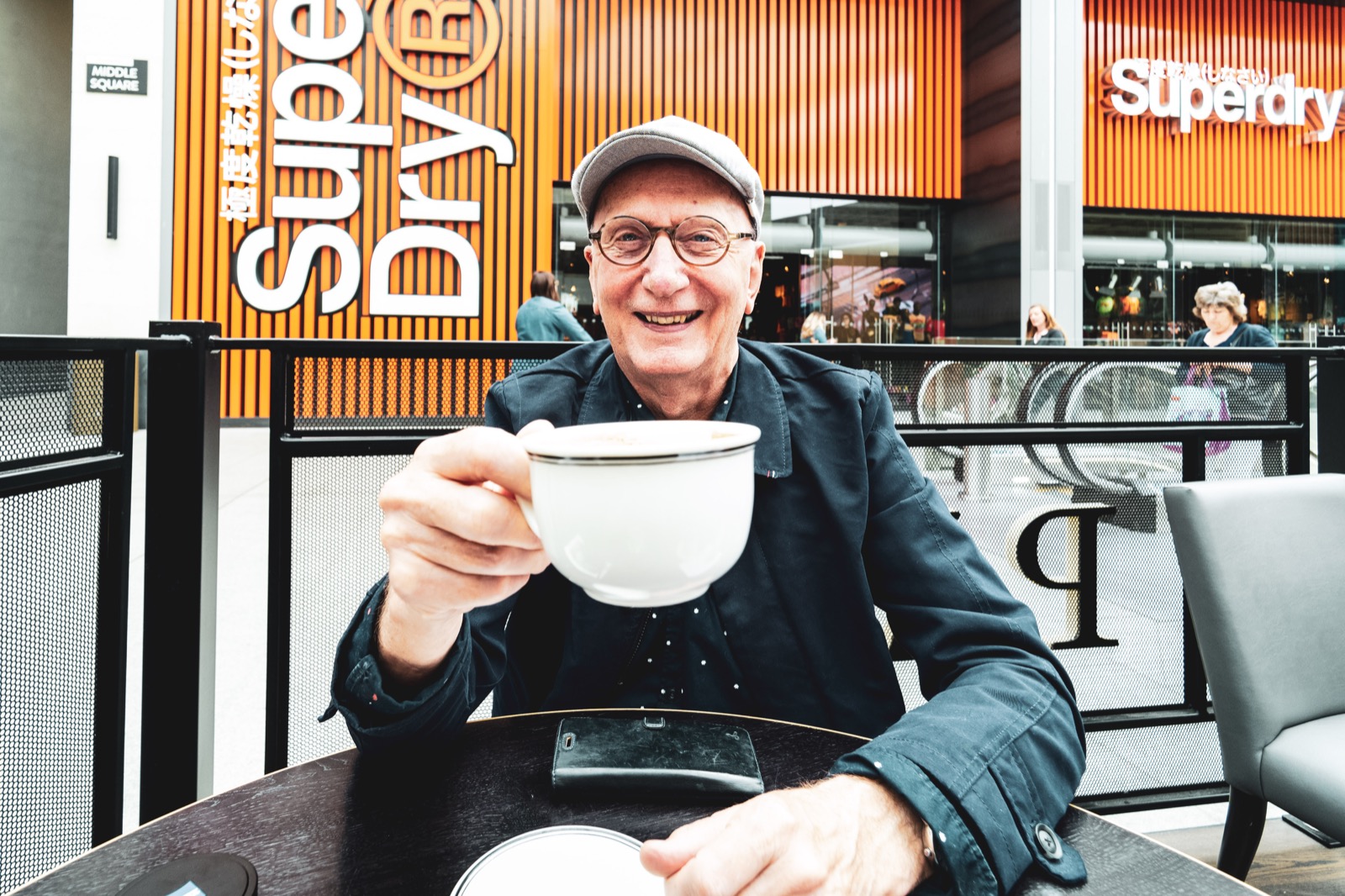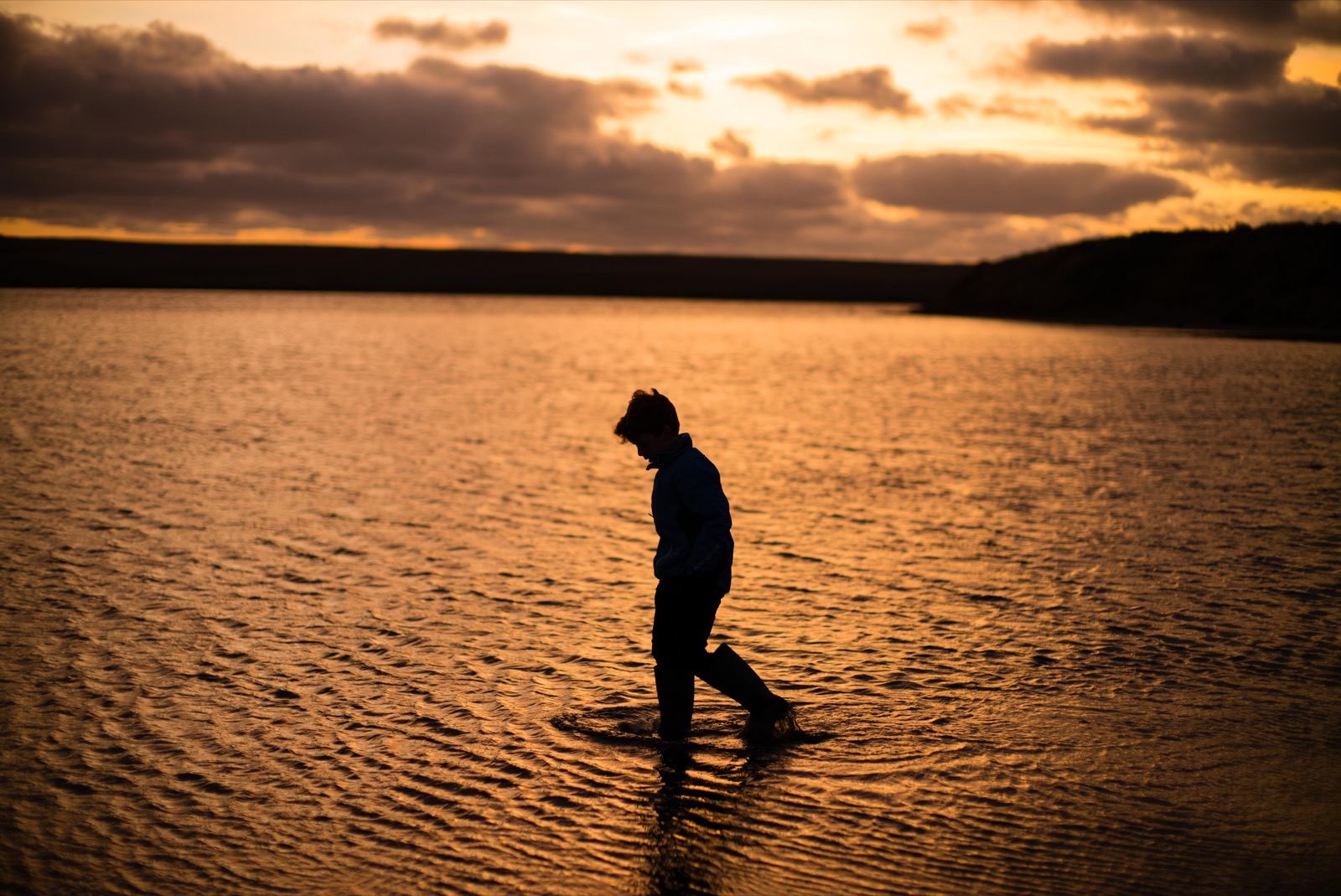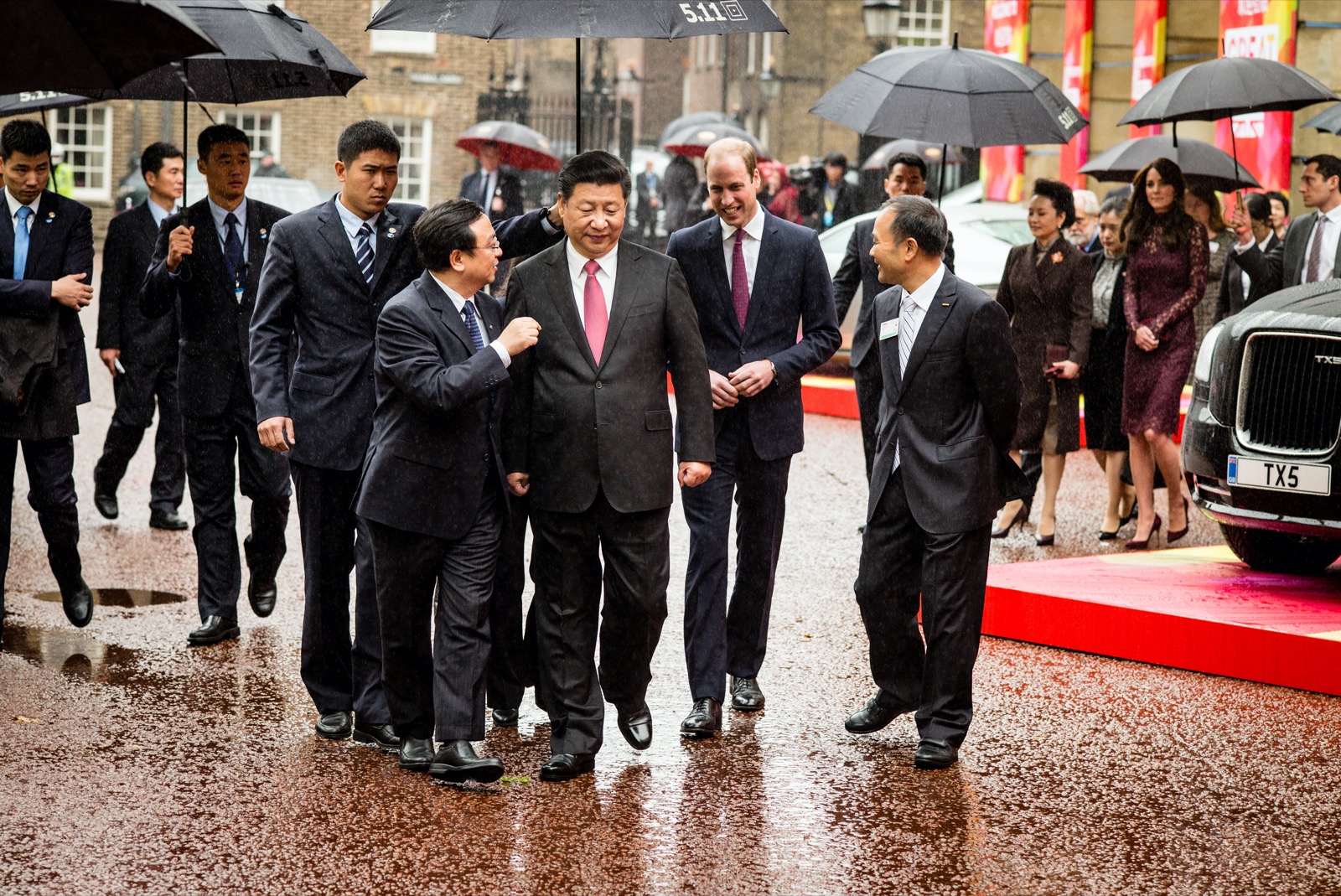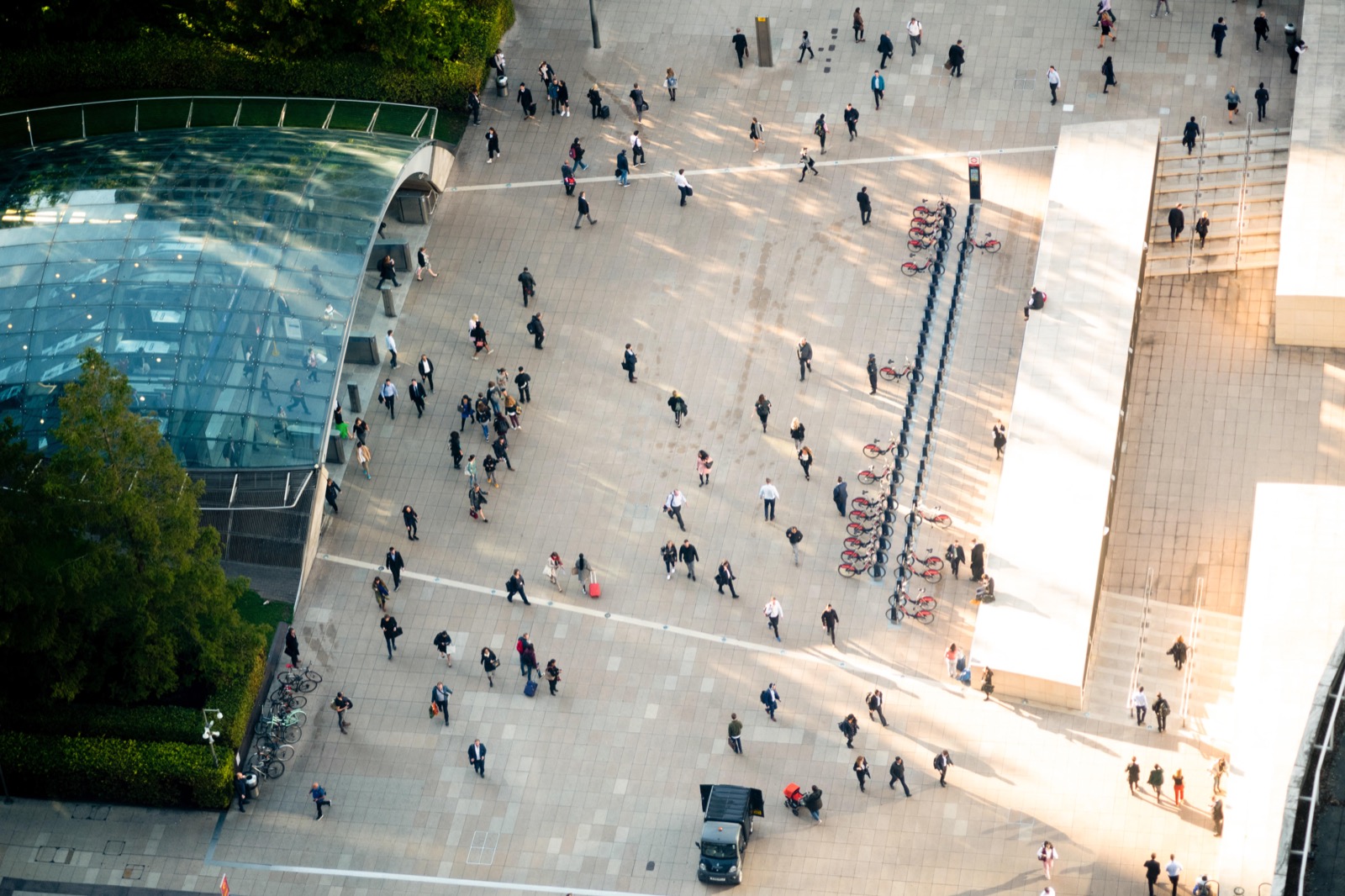As a corporate photographer with 30 years in the business handling around 300 commissions a year, I frequently rub shoulders at press conferences and events with other professional photographers, who, in the kindest possible way, look at me askance when they see me using manual focus lenses on my Leica.

In this day and age, when autofocus is so well accepted and, frankly, so good on the latest Canon, Nikon, or Sony cameras, why would a professional photographer prefer to use a manual lens with old-fashioned, unchanging technology that’s been around for about 100 years?
My answer is that the results are truly worth it. It’s only the occasions when my fellow pros ask to see my pictures and they actually get to compare results are the differences so immediately and obviously apparent to them. Seeing turns out to be believing.
Using a manual, my images taken at the same events are invariably have more acuity, the colors brighter and truer, and with excellent contrast. I also find my Leica manual lenses produce images with more clarity than theirs, giving an almost 3D look.
In poor or poorer light, the performance from my manual lens is even more impressive. With my manual lenses, I can shoot in almost near darkness or foggy conditions while an autofocus lens will be forever ‘hunting’ in low light for the shot but never finding it.

In fact, the images taken on a manual lens are so good that many national newspaper picture desks have called clients to comment on their quality. Even the esteemed Magnum Photo Agency said the same during a portfolio review I attended last year.
But there is more to it than simply the technical excellence of the kit. I am convinced using a manual lens, because it demands concentration and decision-making, ensures each shot receives the thought and consideration it deserves. It’s an active, involved process that demands so much more than holding down the shutter and pointing an autofocus lens at the subject. This is the essence of the manual’s advantage. The thought and effort I have to put into the shot are rewarded by the quality of images. In short, I shoot fewer images but end up with more I want to keep. I liken it to the difference between a stylish, skilled boxer who chooses each punch carefully and doesn’t waste his energy, versus the thrashing swinger who hopes he gets lucky with a haymaker.
I argue for any beginner just taking up photography for the first time, learning how to use a manual lens properly is much more satisfying and the pleasure comes from mastering the craft. Or to use another metaphor, if you only ever use autofocus lenses it’s like putting a ready meal in the microwave rather than knowing how to cook dishes properly from scratch.

Using manual lenses, I have to concentrate fully on the subject, having considered first exposure, focus, aperture, and ISO. And the good news is that it doesn’t take ages to get measurably better images. I reckon when I finally ditched autofocus lenses in favor of manual ones about ten years ago it took me less than a month to get my dexterity and judgment up to speed. Of course, I do experiment with the latest autofocus lenses to see if the technology has changed but I still haven’t found anything that betters the manual lenses.
I’ll leave you with a couple more factors worth mentioning in favor of manual lenses. They are virtually indestructible with very few things to go wrong with them in that they have no electric contacts that can be contaminated or autofocus motors to go wrong. In fact, they can tolerate almost any amount of abuse compared to an autofocus lens which would end up as a box of bits if treated the same as my hardy Leica lenses.

And lastly, manual lenses are popular with subjects on the receiving end. Because they are small and unthreatening, subjects don’t tense up in the same way they do when a huge lens is pointed in their face. And because manual lenses are compact, I can shoot more discreetly. A few years ago I was able to get much nearer to Chinese premier Xi Jinping with my Leica manual than the rest of the press pack, somehow managing to avoid bodyguards and PR minders for some great shots.
If you remain to be convinced, my best argument is to simply give a manual lens a go. With a little patience and practice, I am certain you’ll be glad you did.
Douglas Fry Photographer is a corporate photographer in London. Over a typical year, he covers about 300 photographic commissions around the UK and Europe for Piranha Photography. All Photos in this article are by Douglas Fry and shared with permission.

Piero Cruciatti Photographer Milan
16 Oct 2020Thanks for sharing this, Douglas.
That’s so true. They are for sure a lot more fun.
It takes some courage.
Douglas Fry
4 Nov 2020Thanks Piero, manual focus is almost a lifestyle or mindset…I worried about getting moving shots in focus, but after a while I found my mojo and there are no downsides really, as I say, auto focus was a solution to a problem that never was a problem
Adam
18 Feb 2021Thanks for sharing this Douglas.
I agree with you about manual focus. It takes a certain level of dedication to not give in and use auto-focus. But it is well worth it in the end.